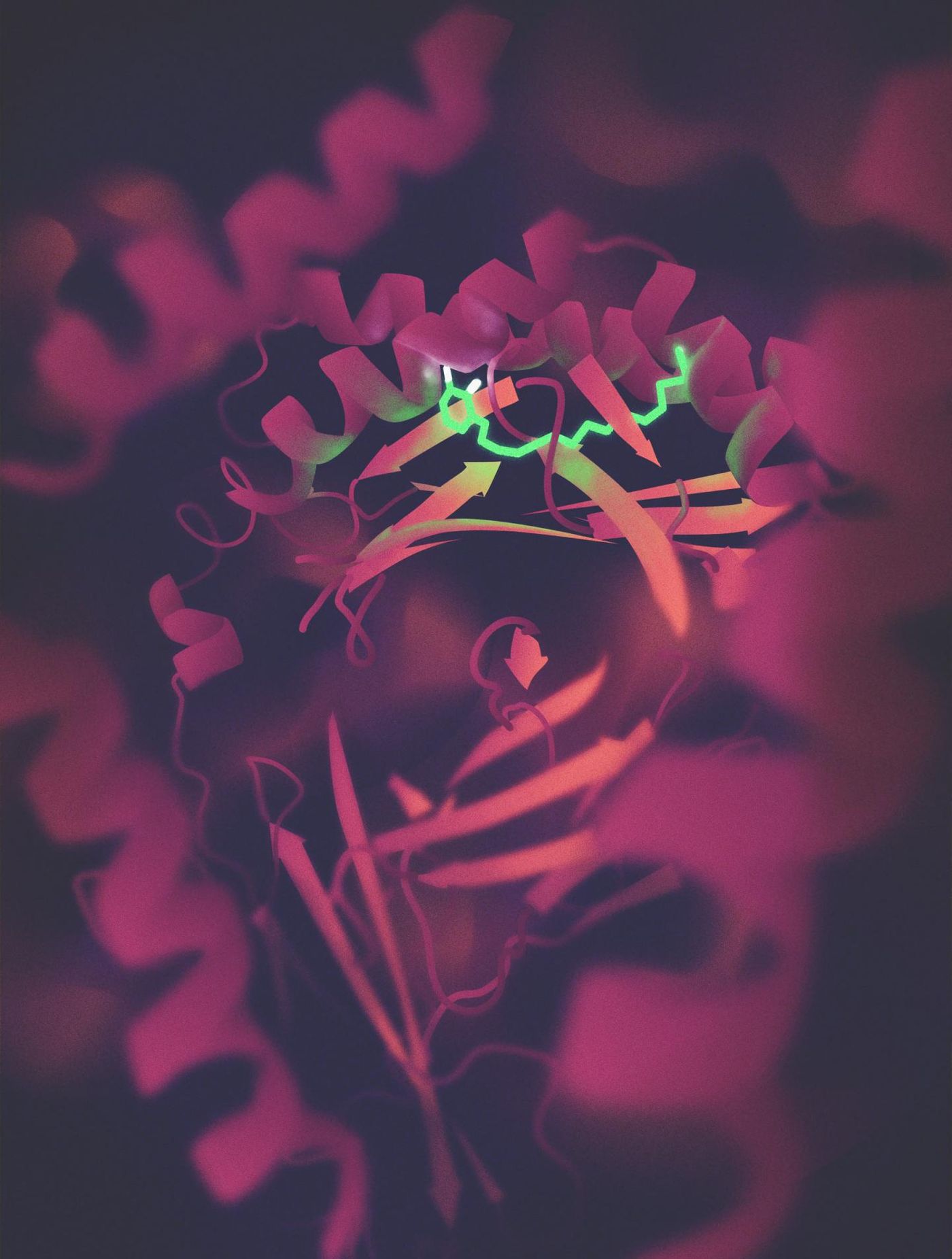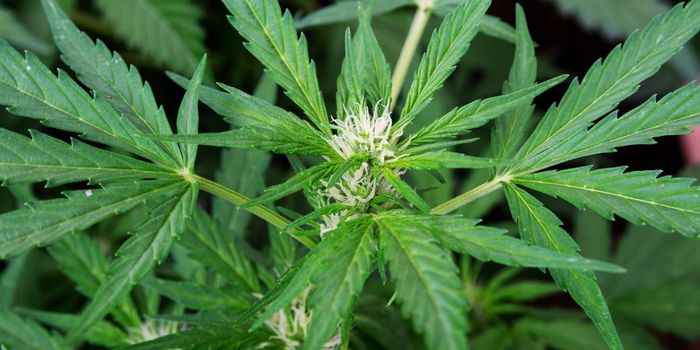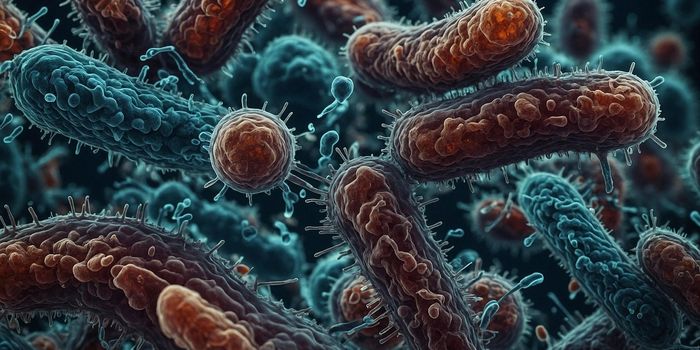The symptoms of poison ivy rashes and other skin conditions are commonly known. For poison ivy, it’s a painful and irritating rash that can last for weeks, but until now scientists have been baffled as to the molecular explanation for the condition. Of all the immune cells that exist in the different layers of the skin, researchers have finally identified the one that is responsible for the poison ivy rash.

In a collaboration from Monash University and Harvard University, scientists have implicated immune molecule CD1a as the molecular cause for the painful reaction that results from skin exposure to poison ivy leaves. CD1a is a lipid-presenting molecule found to be abundantly expressed in the surface of Langerhans cells (LCs), dendritic cells of the immune system that are found in the epithelia of the respiratory, digestive, and urogenital tracts in addition to the layers of the epidermis.
LCs have been long-known to be involved in skin immunosurveillance, especially the process of presenting antigens to naive T cells in order to trigger the adaptive immune response. “This [research] highlights CD1a's role in sudden and uncomfortable skin reactions," said Monash Professor Jamie Rossjohn.
Scientists knew for a long time that CD1a was present in high levels in the skin, but what was unknown was CD1a’s role in skin immunity, specifically if it was involved in inflammatory skin disorders. CD1a is missing in mice, an extremely common animal population for scientific studies. To remedy the lack of CD1a in the favorite animal model, researchers from the present study introduced CD1a into mice in the lab.
They were looking for a CD1a response after the mice were exposed to urushiol, the active ingredient in poison ivy plants found in Northern America, Europe, and Australia. They used human participants as well to study the immune response to poison ivy exposure.
Rossjohn and co-lead author Florian Winau from Harvard observed promising results: urushiol successfully instigated a CD1a-dependent inflammatory skin response, driven by helper T cells producing specific immune chemicals, called cytokines, known to be involved in the inflammatory response. They saw similar molecular results in human participants.
They also saw that blocking CD1a function prevented the allergic reaction to urushiol in poison ivy. “Future research could lead to the development of new treatments to combat minor skin irritations as well as chronic inflammatory skin diseases,” said Dr. Tang Yongqing, another scientist who participated in the studies.
According to the
American Academy of Dermatology, the rash obtained from exposure to poison ivy is not contagious, and a normal rash will go away in a week or two. Cortisone creams and calamine lotions are over-the-counter remedies that can alleviate much of the irritation that comes with poison ivy until the rash disappears.
Other skin conditions that researchers now believe might be related to CD1a are psoriasis, eczema, and rosacea. Psoriasis is an autoimmune disease characterized by raised, red, and scaly patches that appear on the skin, commonly affecting the elbows, knees, and scalp. Scientists aren’t sure what causes it. Could CD1a be involved?
Eczema affects over 30 million Americans, and again, doctors don’t know what causes it in the first place, although there are known triggers that cause flare-ups of itching and redness that vary with different types of the condition. Rosacea, another poorly understood skin condition, has no cure and affects more than 16 million Americans. Individuals with rosacea experience redness on the face, including small visible blood vessels, pimples, and irritated eyes.
With multiple inflammatory skin conditions lacking a molecular explanation, researchers can be hopeful that their phenomenal discovery of the role of CD1a in the poison ivy allergic response could soon lend clues to the causation behind other skin complications.
This study was recently published in the journal
Nature Immunology.
Sources:
Monash University,
Polski Merkuriusz Lekarski (A Polish publication, translation: “Polish Merkuriusz Medicine),
National Psoriasis Foundation,
National Eczema Association,
National Rosacea Society,
Healthline
Image: Imaging CoE









